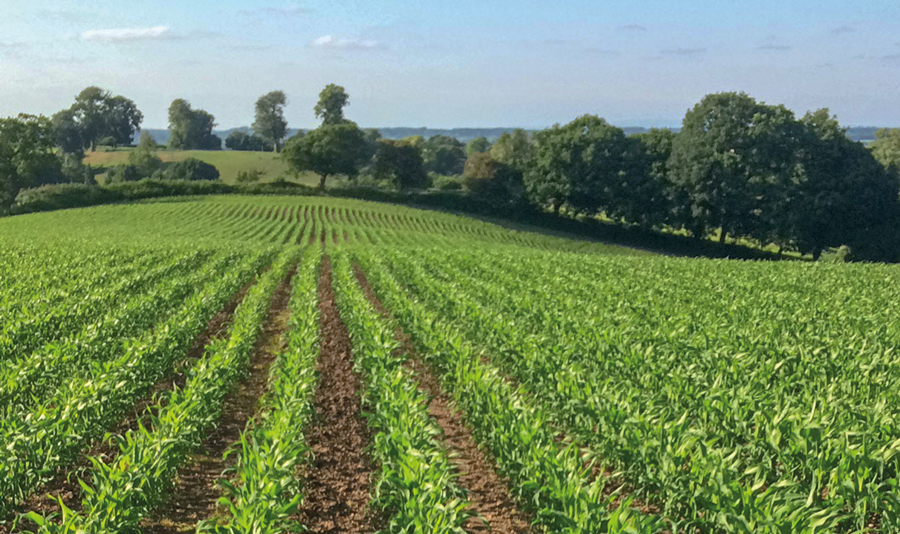Tackling new maize herbicide challenges
4th April 2019
Narrowing of rotations in recent years has made weed control in maize more difficult suggests an AICC agronomist.
Narrowing of rotations in recent years has made weed control in maize more difficult suggests an AICC agronomist, who talks about his own strategies and examines the options for growers.
With the spring drilling window for maize rapidly approaching, thoughts will inevitably start to turn towards pre- and post-emergence herbicides in the coming weeks. For Bath based agronomist Stephen Harrison the imminent loss of Calaris (mesotrione + terbuthylazine) has recently provided a timely opportunity to re-evaluate his approach to dealing with key weed problems facing his customer base of large, progressive dairy farmers in Somerset, west Wiltshire and South Wales.
“Weed challenges on maize have changed significantly since I gained my BASIS qualification in 1984, as has the size of farms I worked with back then. Most of my customers are now large dairy enterprises at the 500+ herd level with cows housed indoors all year round and maize accounting for 50 per cent of the ration.
Key problem weeds in my area are sow thistle, cranesbill, cleavers and black bindweed, most of which have become significantly more problematic as farmers have narrowed their rotation to maize/wheat/maize/wheat,” he explains.
Based on his previous experiences with Calaris, Mr Harrison had already raised question marks over its effectiveness in dealing with some of his messier fields and often felt the product was overly reliant on a more expensive pre-emergence spray.
Having previously trialled bromoxynil and discovered problems linking it to scorching and crop damage, he then looked at dicamba based herbicides but quickly identified that they did not always react well to use on some maize varieties which restricted their use.
Herbicide launch
In 2017 following the launch of a new post-emergence herbicide Diva (pyridate), he began trialling the new product alongside nicosulfuron and mesotrione as a single post-em spray as a follow up to pendimethalin, his first choice pre-em herbicide, and was impressed by the first year results.
“The product’s active ingredient pyridate offers a different mode of action to terbuthylazine and I was impressed with its speed of knockdown on emerging weeds and its overall reliability as part of a tank mix. My typical application rate is 0.50-0.75-litres/ha trending more towards the higher rate that increases the herbicide’s effectiveness when tackling stubborn weeds such as mugwort and cranesbill. Diva has no following crop restrictions and works well with all varieties of maize. I believe it has the flexibility maize growers are looking for,” he says.
“Over the past few years (as their maize area has increased) many of my customers have adopted a more professional attitude towards early season weed control. They are cost conscious but, I am pleased to add, not ‘penny pinching’ either and accept that the yield benefits of a cleaner maize crop outweigh the economics of having to apply both a pre- and post-em spray.
“Nozzle selection and positioning are also extremely important when tackling a rapidly developing maize crop and I recommend use of both the Defy 3D and flat fan nozzles which produce a medium-fine droplet that can significantly improve penetration of the spray into and underneath the crop canopy to reach surrounding weeds more effectively, when sequenced correctly in alternating forward and down positions.
“Always make sure you apply Diva using water volumes of 200-litres/ha to achieve good crop coverage,” he concludes.

